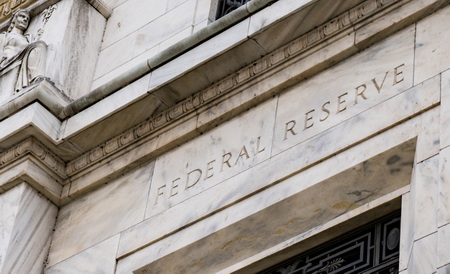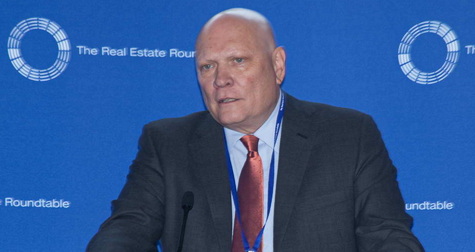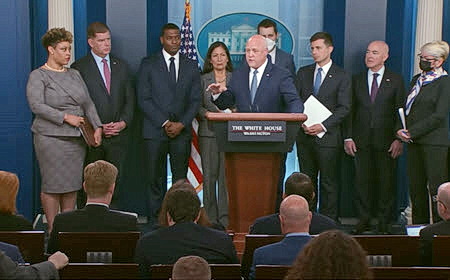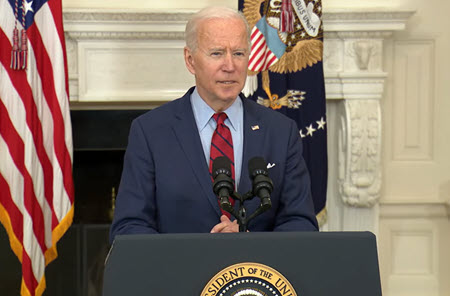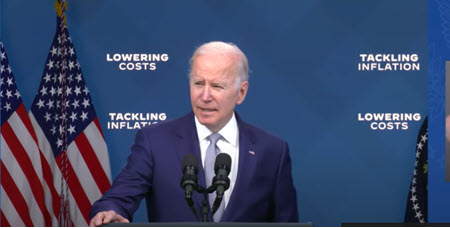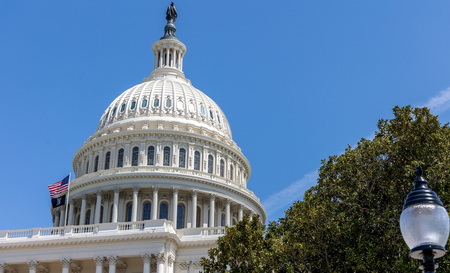
Congress returns to Washington next week as talks on a scaled-back reconciliation package between Senate Majority Leader Chuck Schumer (D-NY) and Sen. Joe Manchin (D-WV) have reportedly gained momentum, with a focus on climate and energy provisions, deficit reduction, and lowering prescription drug costs. (Wall Street Journal, May 28 and Axios, May 27)
The Reconciliation Route
- Axios reported last night that Manchin’s separate talks with several Republican Senators on the contours of a pared-down, bipartisan legislative package have reached an end. (Axios, June 2 and Roundtable Weekly, May 6)
- Manchin, who stymied the Build Back Better (BBB) Act from moving forward last year, is the key to a possible alternative Democratic reconciliation bill that could pass the 50-50 Senate on a party-line vote.
- Sen. Manchin and Sen. John Thune (R-SD), who holds the number two position in Senate Republican leadership, will be among the guests during The Roundtable’s Annual Meeting on June 16.
- Sen. Kyrsten Sinema (D-AZ) is also a crucial centrist vote. She discussed policy issues at The Roundtable’s April 25 Spring Meeting. (Roundtable Weekly, April 29)
Scaling Back
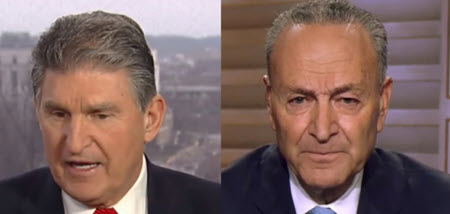
- The Schumer-Manchin discussions are now reportedly addressing a pared-down package involving $800 million to $1 trillion in revenue from a new minimum tax on large company profits and increased IRS enforcement. Half of these revenues would go to deficit reduction. (Wall Street Journal, May 28 and Axios, May 27)
- Some of the remaining revenues would reportedly focus on possible tax incentives for reducing carbon emissions and support for existing energy sources. An extension is also under consideration for Affordable Care Act health insurance subsidies, which are scheduled to expire later this year as the November mid-terms approach.
- The most significant portion of the moribund BBB Act’s proposed spending was focused on climate policies. The Roundtable on Nov. 16, 2021 sent a letter to congressional tax writers detailing five recommendations on green energy tax provisions affecting real estate that were part of the BBB Act. (Roundtable Weekly, Nov. 19, 2021)
Time is short to move any new legislative package via reconciliation with midterms looming. Manchin has stated the only deadline is Sept. 30 to pass a spending bill, although other policymakers have signaled it would have to be done before the August recess. (Wall Street Journal, May 28 and Reuters, May 27)
# # #

